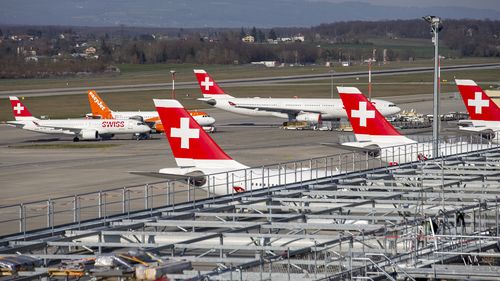Share this @internewscast.com
Australians travelling to Europe could face longer queues at the border amid a new registration system for non-EU nationals.
Starting October 12, non-EU citizens entering a group of 29 nations in Europe, known as the Schengen Zone, will be required to register as part of a new digital border management system.
How is this likely to impact you?
What is the Schengen Zone?
The Schengen Zone consists of 29 countries, most of which are part of the EU, allowing travelers to move freely between them without undergoing border controls or needing a visa for each nation.
The non-EU countries part of Schengen are Iceland, Liechtenstein, Norway and Switzerland.
Importantly, the United Kingdom, which departed from the EU in 2020, is not included in the Schengen Area, so everyone entering the UK must pass through border control.
What is changing and what is the EES?
It requires non-EU citizens travelling for a short stay (90 days or less) to register with an internal system.
The system will collect passport data, travel documents and other personal data, which will be stored electronically.
For EES purposes, a ‘non-EU national’ refers to a traveler who does not possess the nationality of any EU country or the nationality of Iceland, Liechtenstein, Norway, or Switzerland.

Will these changes come into effect straight away?
No, the changes will be rolled out gradually, beginning in October this year.
Specifically, the EES system will first be used on October 12, with countries slowly rolling it out at their external borders.
It will be in full operation by April 10, 2026.
A smartraveller government alert stated: “You’ll need to register at borders and have your fingerprint and photo taken. There may be longer border queues.”











